Yesterday evening I returned from the
American Literature Association conference in
Boston, where I chaired a panel on "commodity aesthetics" and their relation to human rights in works of contemporary graphic narratives, Latin-American and African Diasporic literature, and experimental poetry. I have never attended an AmLitAssociation conference before, but given how lively an organization it appears to be, I probably will do so again in the future. (And I must give props to any organization that has an official
Octavia Butler Society!) The panel went well, we had a small but engaged audience, and I ran into some friends at the conference, so I'm glad I agreed to participate.
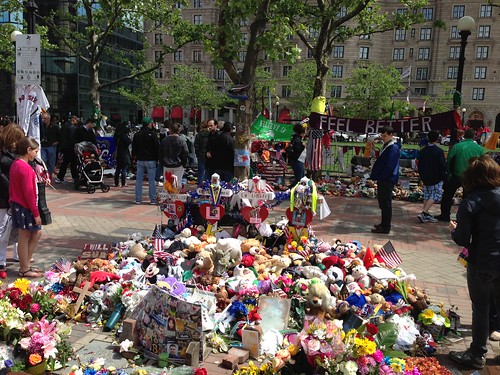 |
| Makeshift Boston Marathon attack memorial, Copley Square |
Oddly enough, this was the third conference in Boston that I attended this year; first came the
Modern Language Association's annual conference, and then the
Associated Writing Programs' yearly gathering. Both occurred before last month's tragic bombing and subsequent attacks during the
Boston Marathon, and, I must admit, I was curious to see the city after both. I have tended in the last year or so not to blog immediately about most such events in order be able to gain a clearer grasp of and better understand them, and I am not yet ready to provide an assessment of the
Tsarnaev brothers or their horrific actions. Their bombing increasingly appears to be only element in a series of crimes they took part in, including the murder of three people several years ago, and I hope we will eventually learn as much as possible about the planning and execution of this and any other terrorist activities they took part in.
 |
| Makeshift Boston Marathon attack memorial, Copley Square |
|
The drizzly, chilly weather and gray skies cast everything in a subdued light, but the Back Bay area did not feel sepulchral. I noted two makeshift memorials, one quite small, near where I used to work for a brief time shortly after college, the other more expansive and near to Boston's famed
Trinity Church, which sits in
Copley Square and through which I passed countless times in my 20s. The sites of public mourning mirror those you would find anywhere, though sneakers, evoking the dead and injured runners and spectators, and the marathon itself, were as present as candles, cards, signs, and placards. I also noted a number of signs mentioning that Boston stay "strong," a response I imagine to the intimidation terror by its very nature seeks to instill in us, and a tip perhaps to the city's and region's tradition throughout US history, of resistance and fortitude.
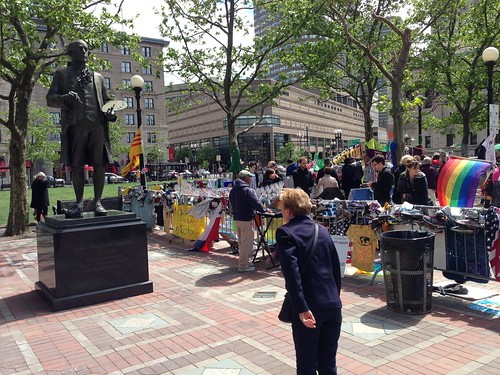 |
Makeshift Boston Marathon attack memorial
and John Singleton Copley statue, Copley Square |
|
Uncannily it turns out that Boston Marathon officials had scheduled the running of a more reduced version of the race this weekend, so that when I got ready to head to the hotel where the conference panel was taking place, my cab driver told me that we would have to take a more circuitous route there, because of the cordons and barricades. Yet I never saw any runners or officials or anything, and thought on the way home that I might have dreamt the whole scenario, except that C confirmed for me that it had occurred, and that there were images on TV and the net. I did take part of the trip to step back into time, specifically that of my big novel, and retraced the steps of my main character, who would have walked these same streets nearly 200 years ago. The grid is mostly the same, though much more expanded (and even more so since I last lived in Boston, 20 years ago), the hills no less winding, the golden dome of the statehouse still gleaming, and, like the city, in a state of recuperation.
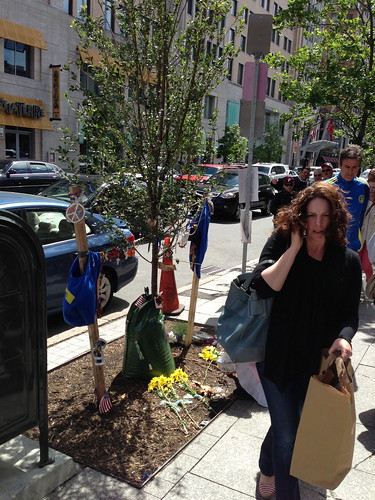 |
| Makeshift Boston Marathon attack memorial, Boylston Street |
|
 |
| Trinity Church, Copley Square |
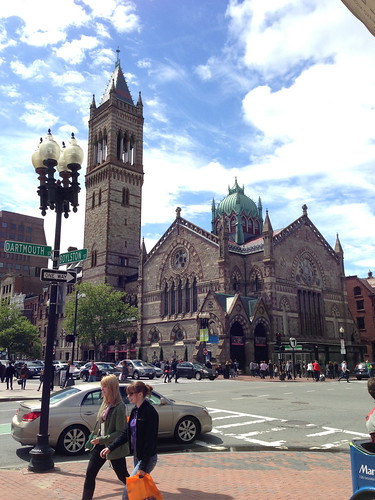 |
| Old South Church, near Copley Square, Back Bay, Boston |
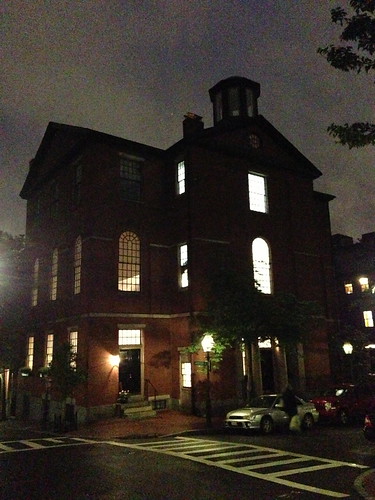 |
| Phillips School, Beacon Hill |
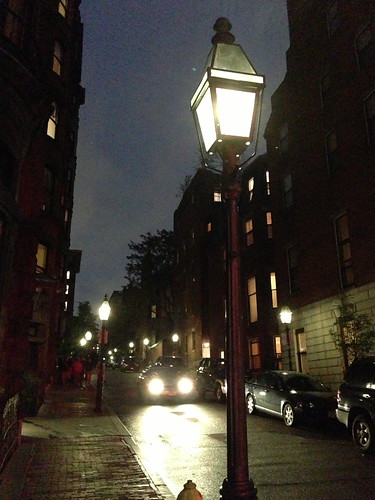 |
| Beacon Hill at night |
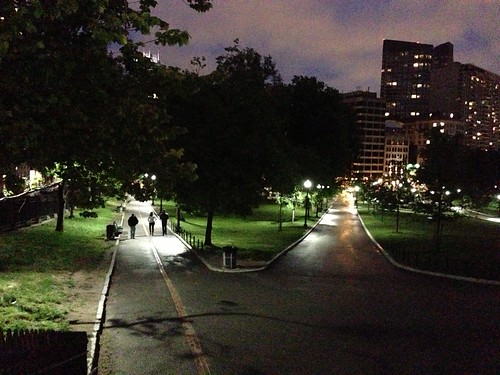 |
| Boston Common, at night |
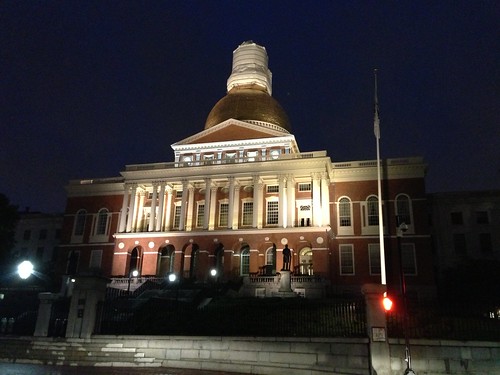 |
| Massachusetts State House |



















No comments:
Post a Comment